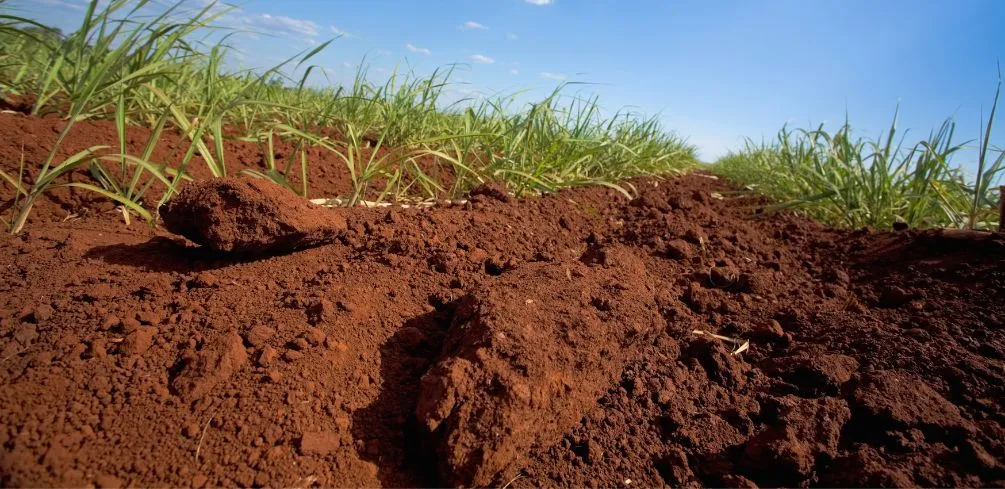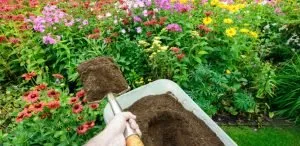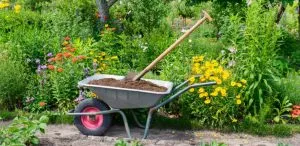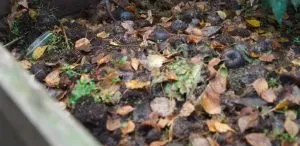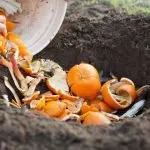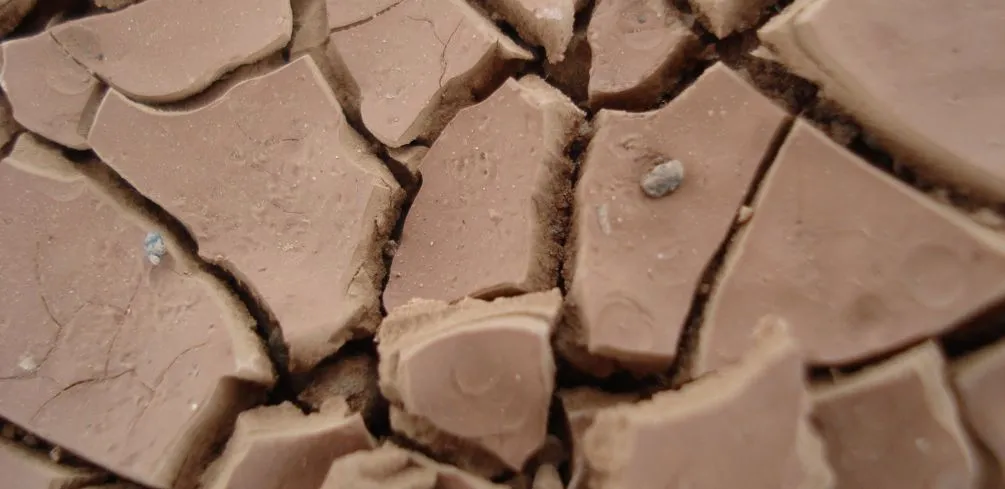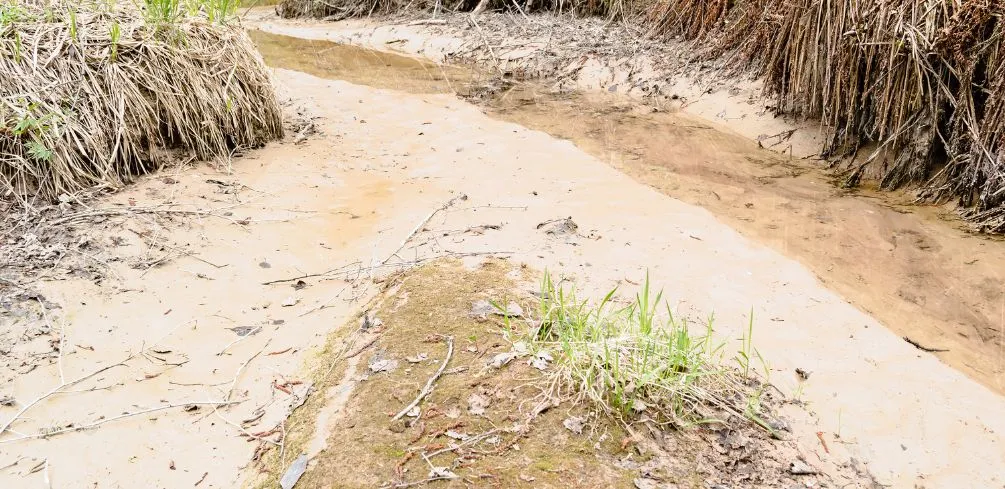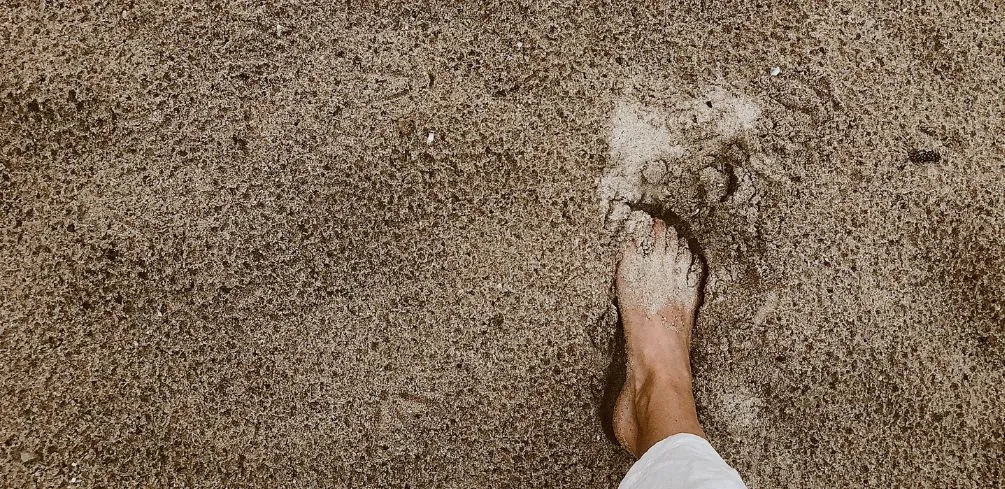Understanding the various types of dirt is an essential part of maintaining healthy soil and promoting successful plant growth. Soil type influences factors such as drainage, nutrient availability, and water retention, all of which can significantly impact the health and productivity of plants.
Despite its importance, many people are unaware of the different types of soil and how they affect plant growth. This article aims to provide a comprehensive overview of the various types of dirt found in nature.
By understanding the characteristics of each soil type, readers will be able to make informed decisions about how best to care for their plants. Whether you are a seasoned gardener or new to the world of gardening will offer valuable insights into how different types of dirt can affect your plants’ growth and help you create a thriving garden.
The Importance Of Soil Type For Plant Growth
Soil type plays a crucial role in plant growth and development.
The pH of the soil can greatly affect the availability of essential nutrients to plants. According to a study conducted by the University of California Agriculture and Natural Resources, almost 80% of all soil nutrient availability is influenced by soil pH.
This highlights the importance of understanding the pH levels of different soil types when it comes to cultivating healthy plants.
Moreover, different types of soils have varying nutrient availability. For instance, sandy soils are often low in nutrients due to their inability to retain water and nutrients effectively. On the other hand, clay soils tend to have higher nutrient content but may be difficult for plant roots to penetrate due to their compact nature.
Therefore, it is vital for farmers and gardeners alike to identify their soil type and understand its properties in order to choose appropriate fertilizers and techniques that will enhance plant growth and productivity without damaging the environment.
Sandy Soil: Characteristics And Uses
Sandy soil is a type of soil that is composed mostly of sand particles. It has a gritty texture and is well-draining, making it suitable for areas with heavy rainfalls.
Sandy soil is usually low in nutrients due to its coarse texture which makes it difficult for organic matter to accumulate. However, sandy soil can be improved by adding compost or manure to the soil.
Despite its benefits, sandy soil also poses some challenges. One of the biggest challenges with sandy soil is its inability to retain moisture and nutrients. This means that plants grown in sandy soil require more frequent watering and fertilization compared to those grown in a loamy soil.
Additionally, sandy soils are prone to erosion due to their loose structure. To combat these issues, gardeners can use mulch or cover crops to help retain moisture and nutrients, as well as planting deep-rooted vegetation that helps hold the soil together.
If you are considering using sandy soil in your garden, it’s important to weigh the pros and cons against other types of soils like loamy soils. While sandy soils have excellent drainage and are easy to work with, they require more maintenance when it comes to watering and fertilizing your plants.
On the other hand, loamy soils have better water retention capacity and are usually richer in nutrients due to their finer texture but may not drain as well as sandy soils. Ultimately, the choice between sandy or loamy soils will depend on your specific gardening needs and preferences.
Clay Soil: Characteristics And Uses
Sandy soil is characterized by its loose and gritty texture, which allows for quick drainage and aeration. However, not all soils are created equal. Clay soil, for example, has a much denser composition due to its high concentration of fine mineral particles. While this can make it difficult to work with, it also has its own unique benefits and uses.
One of the main challenges of gardening in clay soil is that it tends to hold onto moisture for longer periods, which can lead to root rot and other issues if not managed properly. Additionally, the dense nature of clay soil can make it harder for plant roots to penetrate and spread out as needed.
However, with proper amendments and techniques, clay soil can be improved for better plant growth. Adding organic matter such as compost or aged manure can help break up the compacted structure of clay soil while also providing additional nutrients. Amending with sand or perlite can also improve drainage without sacrificing too much moisture retention.
| Benefits | Challenges | Improving Techniques |
|---|---|---|
| High fertility potential | Heavy texture makes tilling difficult | Add organic matter such as compost or aged manure |
| Good water retention | Poor drainage leads to root rot | Amend with sand or perlite |
| Provides good anchorage for plants | Compacted structure restricts root growth | Use raised beds or containers |
Another method for improving clay soil is to use raised beds or containers, which provide a more controlled environment for plants while allowing you to add your preferred type of soil mix. Ultimately, understanding the characteristics of different types of soil is essential in order to optimize your gardening efforts and achieve the best possible results.
By taking the time to amend your clay soil appropriately, you can reap the many benefits it has to offer while minimizing any potential challenges along the way.
Loamy Soil: Characteristics And Uses
Loamy soil is often considered as the ideal type of soil by many gardeners and farmers due to its exceptional properties. This type of soil is a combination of sand, silt, and clay in a proportionate manner. It is well-draining but also holds enough moisture to support plant growth. Moreover, its texture allows good air circulation that prevents waterlogging and root rot.
The mixture of different particles gives loamy soil an adequate balance between large and small pore spaces, which allows roots to penetrate easily and retain nutrients for plants’ healthy growth. The nutrient content of loamy soil makes it perfect for growing a wide range of crops, including vegetables, fruits, flowers, and trees.
Loam has high levels of organic matter that enhances its fertility level; this means that it has a high number of beneficial microorganisms like bacteria and fungi present in the soil. These microbes help break down organic matter into minerals that can be absorbed by plant roots.
Farmers and gardeners use different techniques to improve the quality of their loamy soil further, such as adding compost or manure to increase nutrient levels or aerating the soil to improve drainage.
With adequate care and maintenance, loamy soils can provide optimal conditions for plant growth throughout the year while minimizing environmental impact.
Understanding Your Soil Type For Successful Gardening
Soil type is a crucial aspect of gardening that plays a significant role in determining the success or failure of your garden. Understanding your soil type is necessary to make informed decisions about what plants will grow best in your garden and how to amend the soil to improve its fertility.
Soil pH testing is an essential tool for understanding your soil type. The pH level of soil indicates whether it is acidic, neutral, or alkaline. Most plants grow well in soils that have a pH level between 6 and 7.5.
Amending soil nutrients is another crucial step in improving the fertility of your soil. Soil amendments are used to add essential nutrients such as nitrogen, phosphorus, and potassium to the soil. Organic matter such as compost, manure, and leaf litter can also be added to improve the quality of the soil.
It is essential to choose the right amendment for your specific soil type, as some amendments may not be suitable for certain types of soil. Understanding your soil type enables you to select appropriate amendments that will help improve its fertility and support plant growth.
By taking these steps, you can create a thriving garden that will provide you with fresh produce all year round without compromising on quality or quantity.
Overall, understanding your soil type is critical for successful gardening. Soil pH testing and amending nutrient levels are two important steps in improving the quality of your garden’s soil. With proper care and attention paid to these factors, you can create a flourishing garden that provides bountiful harvests throughout the year.
Frequently Asked Questions
What Are The Different Types Of Microorganisms Found In Soil And How Do They Affect Plant Growth?
Soil ecosystems are complex and diverse, consisting of a variety of microorganisms that play crucial roles in nutrient cycling and plant growth.
These microorganisms include bacteria, fungi, protozoa, and nematodes, each with unique functions and interactions within the soil food web.
Bacteria are responsible for breaking down organic matter into simpler compounds that can be used by plants as nutrients.
Fungi form symbiotic relationships with plants, providing them with essential nutrients in exchange for carbohydrates.
Protozoa prey on bacteria and release valuable nutrients back into the soil.
Nematodes also contribute to nutrient cycling by consuming other soil organisms and breaking down plant residues.
Understanding the different types of microorganisms found in soil is important for maintaining healthy soil ecosystems and promoting optimal plant growth.
How Do You Test The Ph Level Of Soil And What Is The Ideal Ph Level For Different Types Of Plants?
Soil testing methods involve evaluating the pH level, nutrient content, and physical properties of soil.
The pH level of the soil is crucial for plant growth as it affects the availability of nutrients in the soil.
Techniques for adjusting pH levels include adding lime to increase alkalinity or sulfur to increase acidity.
The ideal pH level varies depending on the type of plant being grown, with most plants prefer a slightly acidic soil between 6.0-7.0 pH.
By understanding soil testing methods and pH adjustment techniques, gardeners can ensure their plants receive the optimal growing conditions necessary for healthy growth and productivity.
Can Soil Type Affect The Taste And Nutritional Value Of Fruits And Vegetables?
Soil fertility is a crucial factor in determining the quality of fruits and vegetables. The type of soil determines its nutrient content, which in turn affects the taste and nutritional value of plants.
Soil quality varies significantly depending on factors such as its composition, texture, structure, and pH level. Nutrient absorption by plants is determined by the availability of nutrients in the soil, which can be influenced by the type of soil.
For instance, sandy soils have low water retention capacity and are poor in nutrients compared to clay soils. Therefore, plants grown in sandy soils may have lower nutritional values than those grown in clay soils.
Understanding soil types is essential for farmers and gardeners who want to cultivate healthy crops with optimal nutritional content.
How Does Soil Compaction Affect Plant Growth And What Can Be Done To Prevent It?
Before delving into the benefits of aerating soil and preventing soil compaction, it is important to understand that soil compaction occurs when soil particles are compressed, leading to decreased pore space and limited air movement.
This can impede plant root growth and ultimately hinder plant growth.
Preventing soil compaction can be achieved by implementing practices such as reducing traffic on the area or incorporating organic matter into the soil.
One benefit of aerating soil is increased water infiltration and retention, allowing plants to access essential nutrients and promoting healthy root development.
Implementing these practices ensures not only optimal plant growth but also promotes sustainable land use practices for future generations.
Is It Possible To Change The Type Of Soil In Your Garden And How?
Modifying the type of soil in a garden is possible, and it can be achieved by using soil amendments.
Before making any changes, however, it is essential to conduct a soil texture analysis to determine the current state of the soil.
Soil texture analysis involves evaluating the proportion of sand, silt, and clay in the soil. Understanding this composition can help identify potential issues such as poor drainage or nutrient retention.
Once the analysis is completed, certain soil amendments such as compost or peat moss can be added to improve the quality and structure of the soil.
It’s worth noting that changing the type of soil in a garden can take time and consistent effort, but with proper planning and execution, it can lead to healthier plants and better yields.
Conclusion
Understanding the different types of soil and their impact on plant growth is crucial for successful gardening. Soil type can affect the taste and nutritional value of fruits and vegetables, as well as the ability of plants to grow and thrive.
Testing the pH level of the soil is essential in determining the ideal conditions for different types of plants while addressing soil compaction can also improve plant growth.
It is possible to change the type of soil in a garden, but it requires careful planning and execution. In conclusion, understanding dirt types goes beyond just knowing how to grow plants.
Soil is a complex ecosystem that supports diverse microorganisms that play vital roles in plant growth.
By taking into account factors such as pH levels, compaction, and nutrient content, gardeners can create optimal conditions for their plants to flourish. As poet Maya Angelou once said, “The earth has music for those who listen.”
Indeed, by listening to our earth’s unique composition of soil types, we can create beautiful harmonies with nature in our gardens.
